The Known World
Man is quite the strange animal. Always content to sit within the confines of the known, yet mercilessly drawn toward the unknown all the same.
To the common man, the world is a rather small place. At best, they know the village of their birth and a few neighbouring settlements; with luck, a larger city and the forests, waters and meadows in-between. Few recognise the true scale of the land they live in. And even fewer realize that even what they know is merely one small part.
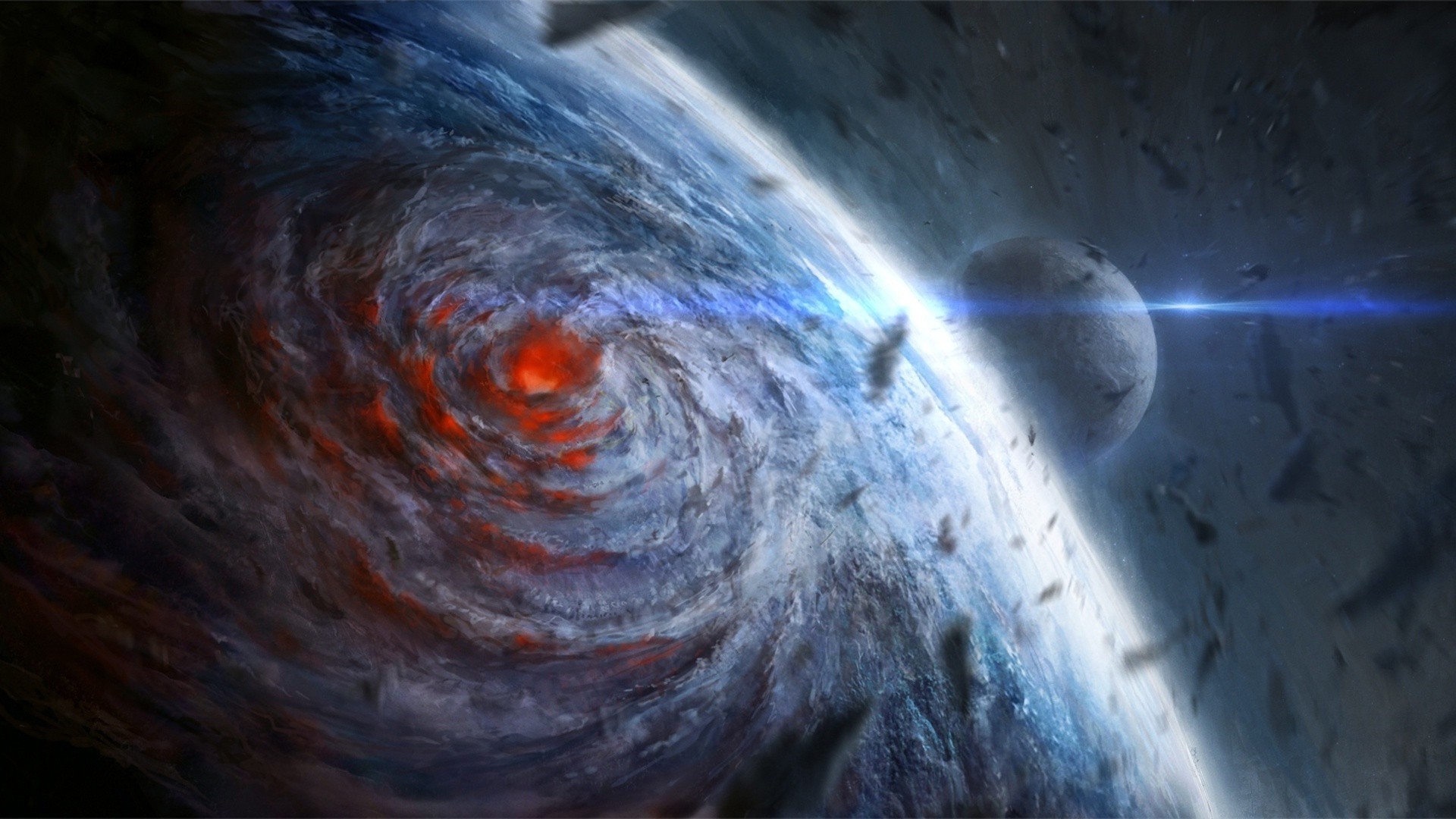 But what exactly does one mean when they refer to the "Known World"? While the exact answer will vary from person to person, they will usually refer to the lands marked by the Oblivion Hour. The ancient cataclysm carved a deep trench into the earth, into which the Atean Sea poured to form the Great Divide.
On each side of the new sea, the forces unleashed raised mountain ranges several thousand meters high. In time, mankind would name these as Walls of Dusk and Dawn. All lands along the shores of the Divide but within the confines of the Walls are considered to be part of the Known World. What lies beyond is simply referred to as Outer Lands.
Inferra - The Ancient South
Youngest of the known lands, Inferra has only recently been rediscovered. For thousands of years, its endless jungles and towering civilizations had been hidden by a vast wall thrown up by the Oblivion Hour. When those came during an earthquake in 3290 DA, the world finally became aware of this ancient land and its wealth of strange plants and minerals, powerful nations and truly strange people.
But what exactly does one mean when they refer to the "Known World"? While the exact answer will vary from person to person, they will usually refer to the lands marked by the Oblivion Hour. The ancient cataclysm carved a deep trench into the earth, into which the Atean Sea poured to form the Great Divide.
On each side of the new sea, the forces unleashed raised mountain ranges several thousand meters high. In time, mankind would name these as Walls of Dusk and Dawn. All lands along the shores of the Divide but within the confines of the Walls are considered to be part of the Known World. What lies beyond is simply referred to as Outer Lands.
Inferra - The Ancient South
Youngest of the known lands, Inferra has only recently been rediscovered. For thousands of years, its endless jungles and towering civilizations had been hidden by a vast wall thrown up by the Oblivion Hour. When those came during an earthquake in 3290 DA, the world finally became aware of this ancient land and its wealth of strange plants and minerals, powerful nations and truly strange people.
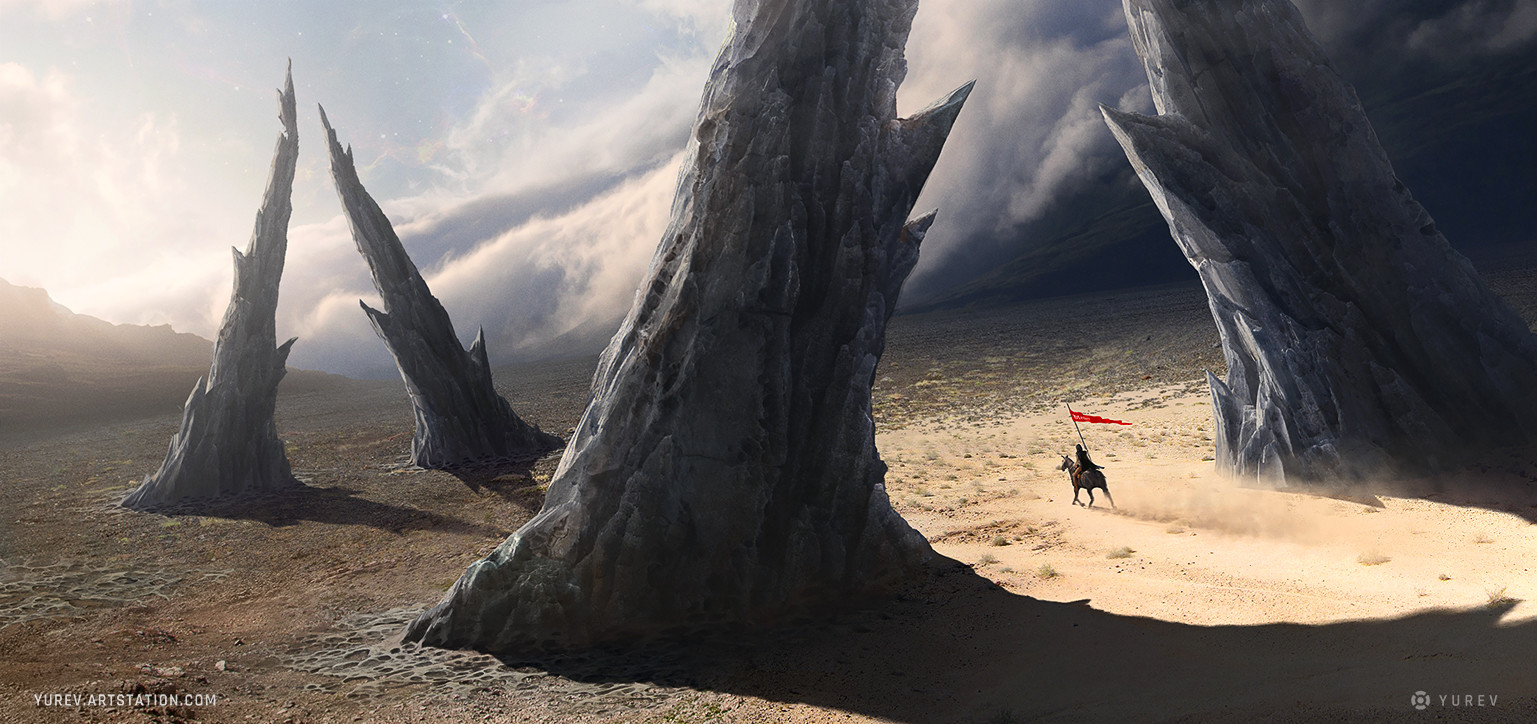 Beyond the Walls of Dusk and Dawn, any knowledge of the world ceases. The people on the Divide are aware that the world is far larger than just the regions embraced by the mountains. But that corner alone is already vast and complicated enough for the common person. It does not help that the parts of the Outer Lands immediately bordering the Known World are barren and hostile places, filled with vicious animals and strange cultures.
Contact with the outside world is constant, but not always peaceful. The history books of Anidara, Vardania and Scetia are filled with accounts of barbarian hordes storming through the passes and into the lands of the Divide. Not every encounter is violent, however. Trade, diplomacy and cultural exchange have a long history in these areas. And while those contacts bring some knowledge about the outside, there can be no doubt that the wider world remains a mystery.
Beyond the Walls of Dusk and Dawn, any knowledge of the world ceases. The people on the Divide are aware that the world is far larger than just the regions embraced by the mountains. But that corner alone is already vast and complicated enough for the common person. It does not help that the parts of the Outer Lands immediately bordering the Known World are barren and hostile places, filled with vicious animals and strange cultures.
Contact with the outside world is constant, but not always peaceful. The history books of Anidara, Vardania and Scetia are filled with accounts of barbarian hordes storming through the passes and into the lands of the Divide. Not every encounter is violent, however. Trade, diplomacy and cultural exchange have a long history in these areas. And while those contacts bring some knowledge about the outside, there can be no doubt that the wider world remains a mystery.
The Mother Tyanis
When most people speak of the three continents, Scetia, Vardania and Anidara, they are, in truth, referring to a single landmass. This titanic stretch of earth is known as The Mother Tyanis, and it is the only known continent in existence. No one born in the Known World has ever laid eyes on the far shores of Tyanis. The only assured thing is that the continent lies within a vast ocean, referred to as the Atean Sea, although no living man has ever laid eye on its waters.Setting Boundaries

by Chris Cold
The East
Tyanis' eastern half, which still bears the same name, is generally regarded as the larger of the two parts. Its lands on the Divide's side of the Dawn Wall are generally divided into four parts: Vardania - The Northern Daughter Northernmost part of the Known World, Vardania is a land marked by the Oblivion Hour. A land of contradictions, with a scarred geography, terrifying climate and yet some of the most fertile lands in existence. Vardania is a land that breeds great things, and all the world listens whenever she speaks.Interra - Land Between Daughters
Caught between the Dawn Wall and Tyanis Wound, Interra is a small and rough strip of land. Poor in comparison to its sisters, it nevertheless enjoys great importance as the only land route from north to south. This prestigious position has brought both riches and conflict to Interra, and the land's history is marked by foreign invasion.
Caught between the Dawn Wall and Tyanis Wound, Interra is a small and rough strip of land. Poor in comparison to its sisters, it nevertheless enjoys great importance as the only land route from north to south. This prestigious position has brought both riches and conflict to Interra, and the land's history is marked by foreign invasion.
Anidara - The Southern Daughter
Vastly more pleasant than either of its northern sisters, Anidara is a region characterized by vast river valleys and seemingly endless expanses of grassland and steppe. Many have compared its fertile landscape to a vast and luscious garden, a true treasure trove of exotic plantlife whose earth is watered by bloodshed in conflicts of truly ancient origin.
Vastly more pleasant than either of its northern sisters, Anidara is a region characterized by vast river valleys and seemingly endless expanses of grassland and steppe. Many have compared its fertile landscape to a vast and luscious garden, a true treasure trove of exotic plantlife whose earth is watered by bloodshed in conflicts of truly ancient origin.
The West
Formerly the western part of Tyanis, the lands in the shadow of the Dusk Wall are now known as Scetia and are commonly regarded as the third of the three daughters of Tyanis. Its three sub-regions are not counted as their own continents, largely because their divisions are not as easily seen:Mykonia - Land of Ice and Fire
Divided between snow-covered peaks, rugged hills and plains swept by icy winds, Mykonia is not the most friendly of lands. Its arid nature forces the people to adapt or move on, and the land has always been a hotbed of migrating tribes. Yet those that chose to stay have become some of the hardiest in the known world.
Divided between snow-covered peaks, rugged hills and plains swept by icy winds, Mykonia is not the most friendly of lands. Its arid nature forces the people to adapt or move on, and the land has always been a hotbed of migrating tribes. Yet those that chose to stay have become some of the hardiest in the known world.
Illigara - Home of Sound
Illigara, by contrast is a land of different extremes. Arid northern plains and deserts in the shadows of the Dusk Wall meet with temperate coastal plains and luscious southern rainforests to create a land as strange as it is beautiful. Same goes for its people, known for their extremes and differences.
Illigara, by contrast is a land of different extremes. Arid northern plains and deserts in the shadows of the Dusk Wall meet with temperate coastal plains and luscious southern rainforests to create a land as strange as it is beautiful. Same goes for its people, known for their extremes and differences.
Heronia - The Caged Land
A land of ravines, narrow valleys and mountains scorched by a violent sun, Heronia is unforgiving and harsh. Forests are a rare sight, and farms often nothing more than heaps of dust. Life is a hard-won good here, and the people know that well. Few other lands produce humans of similar fierceness.
A land of ravines, narrow valleys and mountains scorched by a violent sun, Heronia is unforgiving and harsh. Forests are a rare sight, and farms often nothing more than heaps of dust. Life is a hard-won good here, and the people know that well. Few other lands produce humans of similar fierceness.
Outer Lands

by Stas Yurev
You can build walls that reach the heavens and promise hell, but to stop people from coveting life on the Divide, you would need to make it just as hellish as it is outside.
Tyanis' Wrath
Few realize that what they know as the Known World is merely the scar tissue left from when nature dealt Tyanis grievous wounds. Disasters on an unimaginable scale have torn the earth time and time again. Known as the "Great Calamities", these events have shaped the world in geography, climate and culture.
Walls of Dusk and Dawn
When the mother of all calamities raised the Walls of Dusk and Dawn, it created some of the vilest features in the world. From the bottom of the cataclysm they rose, with bodies scorched black by fire, twisted into monstrous shapes and of a size so utterly unnatural that most dare not think of it. The Dusk Wall is of a friendlier sort, easier to pass through and climb into. Its brother, however, is a sheer wall of dark stone with jagged peaks and burning mountains. Only two passages exist here and neither is a place easily traversed.
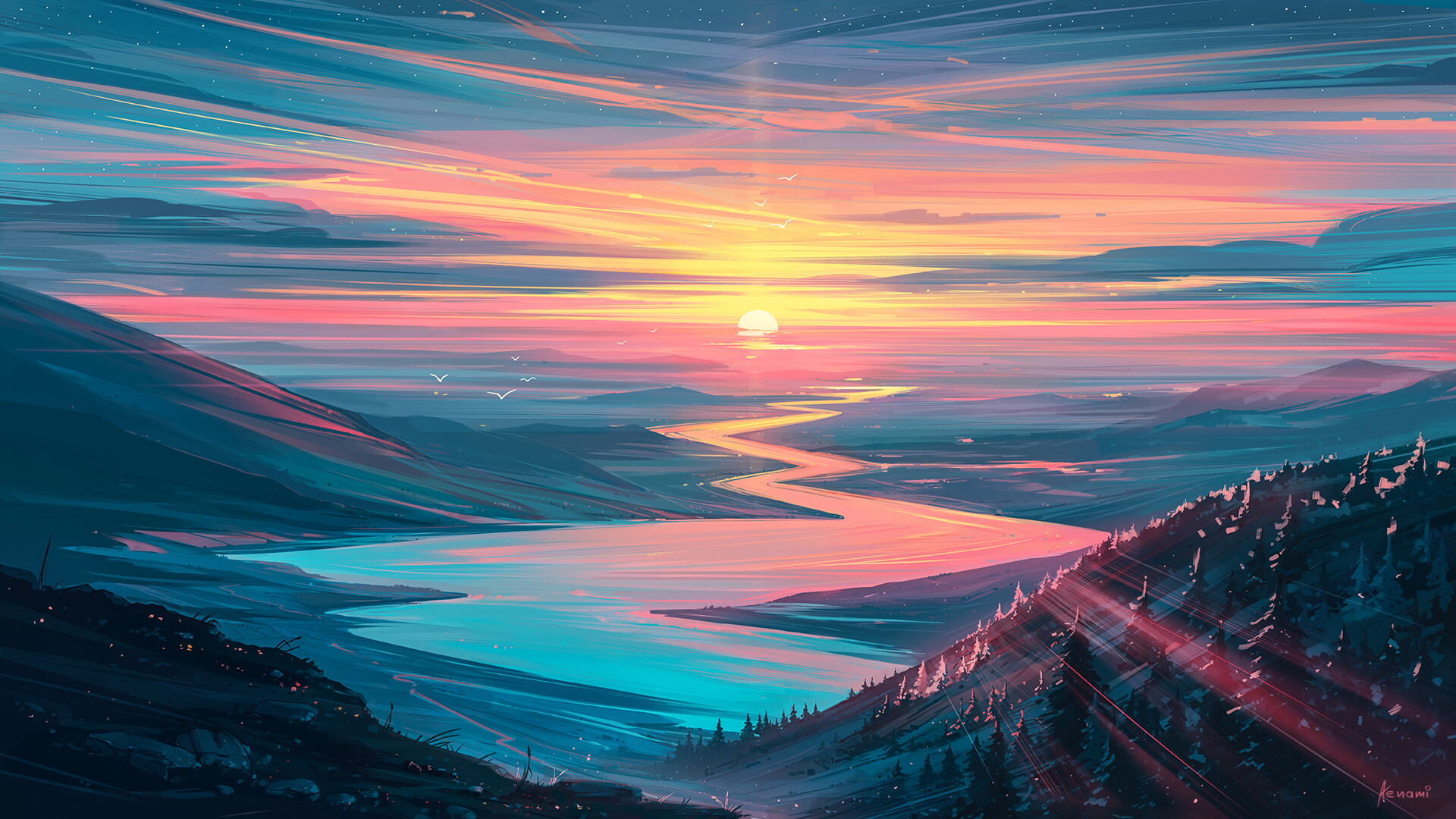 The Great Beasts
Among the most prominent scars are the three rivers, known as the "Great Beasts", each so large that no other stream can compare. Known as Kefran, Elenis and Amarin, they serve to further divide an already split world. River is not that accurate a description. They are more canyons, up to a kilometre deep and up to dozens of kilometres wide, with steep banks and nary an island to be found.
Wound, Divide and Devour
As imposing as the Walls of Dusk and Dawn may seem, they pale in comparison to the main scar left behind by the ancient calamity: the Great Divide. This ocean, which varies between two thousand and three thousand kilometres in terms of width, is the result of the Atean Sea flooding into the scar left by Oblivion. In the east, it bites deeply into the land, jagged edges giving the appearance of torn flesh and has given birth to the name "Tyanis Wound". On the western end, a narrow passage with teeth-like ridges at the end creates "Scetia's Maw".
The Way of Winds
Tyanis' climate is dominated by two wind systems. In the west, the Hydian brings hot air from the south. By doing so it is responsible for the usually warm climate that characterizes southern and central Scetia. Rain is brought from the Divide, but can't pass the Dusk Wall creating the arid plains and great deserts of the west. Seasons are determined by its strength, with periods of rain storms following extended dry spells.
Its eastern brother, the Frigian, brings cold air from the north. More variable than the Hydian, it creates the four seasons that mark Vardania and Interra: winter, spring, summer and fall. Where the two systems meet on the Divide they create storms of terrible might.
The Great Beasts
Among the most prominent scars are the three rivers, known as the "Great Beasts", each so large that no other stream can compare. Known as Kefran, Elenis and Amarin, they serve to further divide an already split world. River is not that accurate a description. They are more canyons, up to a kilometre deep and up to dozens of kilometres wide, with steep banks and nary an island to be found.
Wound, Divide and Devour
As imposing as the Walls of Dusk and Dawn may seem, they pale in comparison to the main scar left behind by the ancient calamity: the Great Divide. This ocean, which varies between two thousand and three thousand kilometres in terms of width, is the result of the Atean Sea flooding into the scar left by Oblivion. In the east, it bites deeply into the land, jagged edges giving the appearance of torn flesh and has given birth to the name "Tyanis Wound". On the western end, a narrow passage with teeth-like ridges at the end creates "Scetia's Maw".
The Way of Winds
Tyanis' climate is dominated by two wind systems. In the west, the Hydian brings hot air from the south. By doing so it is responsible for the usually warm climate that characterizes southern and central Scetia. Rain is brought from the Divide, but can't pass the Dusk Wall creating the arid plains and great deserts of the west. Seasons are determined by its strength, with periods of rain storms following extended dry spells.
Its eastern brother, the Frigian, brings cold air from the north. More variable than the Hydian, it creates the four seasons that mark Vardania and Interra: winter, spring, summer and fall. Where the two systems meet on the Divide they create storms of terrible might.

by Alena Aenami
Remove these ads. Join the Worldbuilders Guild

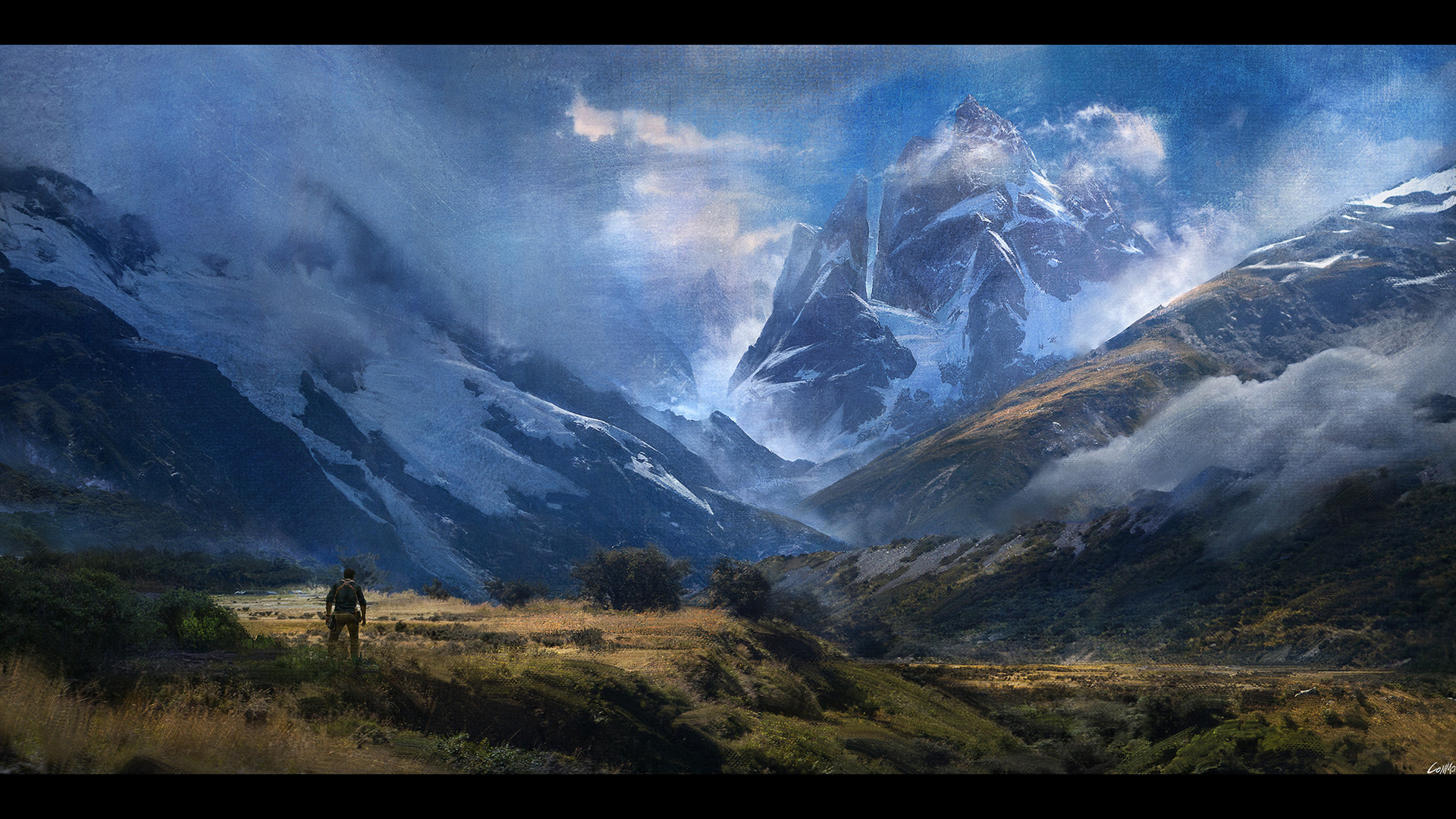
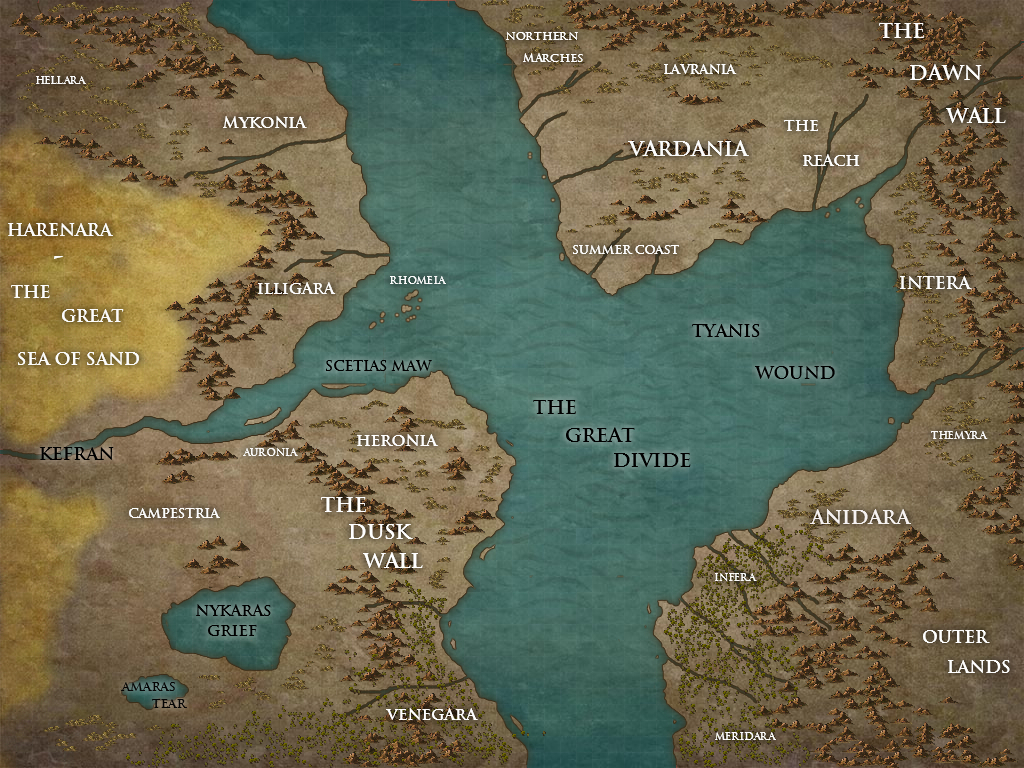

Comments